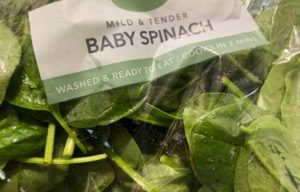
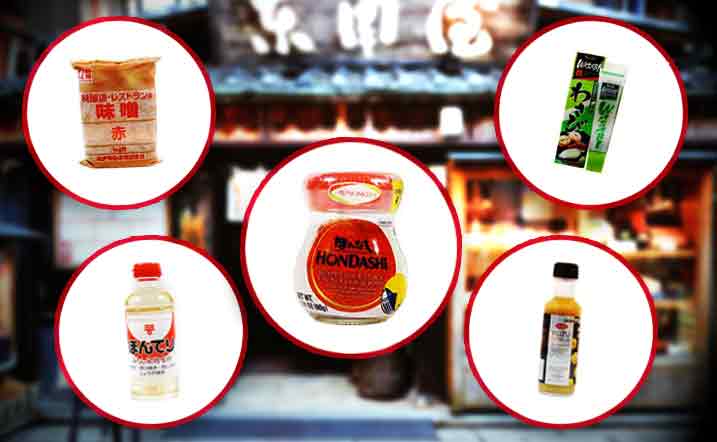
Japanese Pantry Staples - Foods To Have In Your Pantry
Japan is a country that constantly brings outstanding innovations to the world in all areas, and one of the most recognized is at the gastronomic level.
Japanese cuisine is unique and spectacular, with versatile and delicious ingredients that we can incorporate and use. Therefore, I bring you the 10 Japanese pantry staples you must have.
1) Miso
This food is obtained from the fermentation maturation of a mixture of soybeans, koji mushrooms, and salt. There is a great diversity of miso, depending on the type of koji used, there are those based on rice, beans, wheat, among others.
It will also depend on the maturation period, which will provide a range of different colors ranging from white to red.
Miso has always been a source of protein for the Japanese, and today it is still considered an indispensable seasoning in Japanese cuisine, thanks to its rich fragrance and the great flavor it gives to vegetables, fish and meat.
It can be eaten as is or dissolved in soups, pickles, sauces, or roasted dishes such as black cod, among many other Japanese dishes.
2) Soy sauce
Although it originally comes from Hishio, a seasoning originating from China. Japanese soy sauce is a liquid seasoning, which has a clear brown color, obtained by fermenting wheat with koji mushrooms and soybeans.
The use of soybeans gives it a very different flavor from sauces made from fish from other Asian countries. While its characteristic flavor is achieved by slowly fermenting the soybeans in a place where the temperature and humidity level is controlled.
This soy sauce is an indispensable seasoning in Japanese cuisine that serves to enrich the flavor and add aroma to its dishes.
3) Mirin
It is a popular condiment in Japanese food and has a slightly sweet taste. It is a type of rice wine very similar to sake, but this one has very little alcohol, which is obtained with the fermentation of steamed glutinous rice infused with koji fungus, then left to mature for approximately 40 to 60 days.
The starch in the rice is broken down into maltose, which is a type of complex sugar, resulting in a syrupy appearance.
4) Yuzu
Yuzu is a citrus fruit very similar to the mandarin and is mostly cultivated in Kochi, Japan. It is often used as a flavoring as it emits an intensely aromatic fragrance once its rough skin is peeled, which is full of oil glands.
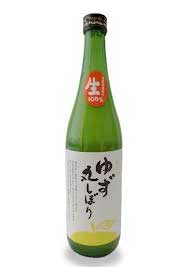
It weighs between 100 and 130 grams, is very rich in vitamin C, besides containing potassium, iron, calcium, vitamin B1, and B2, while the oils contained in its skin are essential.
In Japan, its aroma is often used by scraping the skin into soups and casserole dishes or adding its juice to grilled or raw fish and sometimes combining it with soy sauce.
It can also be found in a wide range of derivative products such as yuzu vinegar, yuzu juice, yuzu ponzu (which is soy sauce with yuzu juice), among many other products such as pastries (mousse, sorbets, among others). The juice can be bought in a bottle as shown here.
5) Wasabi
Extracted from the root of a plant called wasabi, it is a kind of radish. With an extremely spicy flavor it is mainly used as a condiment for sashimi and sushi. It is often presented as a garnish on meat or fish dishes.
The hotness of Wasabi also comes from the vapors it transmits through the nostrils rather than the mouth, being the cause of a very intense but brief burning sensation, which is different from the hotness generated by chilies or chili peppers that tend to be much longer-lasting.
In Japan, it is commonly taken in its natural form, obtaining a zest that can be obtained by rubbing the radish on a wooden board lined with rough shark skin.
In the West, however, it is mostly known as a version made from wasabi powder mixed with water to create a paste, although other types of fresher versions have been introduced from grated radish.
6) Sake (Japanese rice wine)
This is a popular Japanese drink, which is obtained from the fermentation of rice that is widely used in Japanese cuisine. It is very similar to wine in our cuisine. If you are unable to find sake, it can be substituted by dry white wine, or you can use dry and pale sherry instead.
Similarly, there is a great diversity of sake, which are produced in different ways and harmonize in different ways with the dishes. For cooking, it is better to use sake with added alcohol, and it is more economical. It tends to be used in many dishes, such as fish and meat marinades, soups, sauces, etc.
7) Hon – dashi
Dashi broth is a traditional type of broth. It is made with dried bonito flakes, katsuobushi, and kombu seaweed. And it is fundamental in Japanese gastronomy because it is used as a base for the preparation of many sauces and soups.
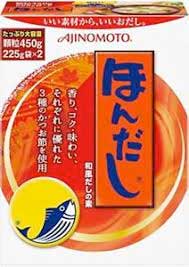
You can prepare dashi from scratch, but you would need kombu or katsuobushi or dried shiitake mushrooms. However, to avoid this process, there is instant dashi or called hon-dashi, these granules can be dissolved in boiled water.
They have bonito and kombu powder, a little sugar, yeast extract, and monosodium glutamate, which gives more strength to the flavor.
You can buy them in small jars or sachets (as shown), and they can be stored for a long time in a pantry.
8) Panko
A Japanese bread crumb, only it is thicker and crunchier than Western bread crumbs. It is used as a coating in such things as pork katsu sando or breaded shrimp, among others.
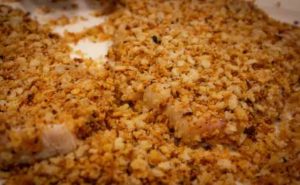
There are usually several types of panko, which depend on the thickness of the bread, ranging from the thinnest with a thickness between 3 or 5 mm to the thickest bread of 10, 12, and even 15 mm.
Light, larger, airy flakes tend to stay crispier for a longer time than regular breadcrumbs, as they do not absorb as much fat, perfect for use in place of standard breadcrumbs. And they are available to buy in various size bags at very economical prices.
9) Nori seaweed
Laver seaweed, commonly known as nori seaweed, is a type of seaweed widely used in Japanese cuisine, especially for wrapping some types of sushi and onigiri. There are 3 types of nori seaweed, there is yaki-nori, which is a type of toasted seaweed, ajitsuke-nori which is toasted and seasoned seaweed.
Finally, the tsukudani-nori which is only a type of seasoned seaweed. Toasted nori seaweed is the most common and is used to wrap onigiri and sushi.
You can find them in any supermarket in the toasted yaki-nori version and in packs of sheets of various sizes, which can then be cut to the size you want and used as desired.
10) Sesame seeds
Sesame seeds can be found both white, which are the most common and used, and black, which tend to be used mostly in the decoration of some dishes both savory and sweet, and are also used for the preparation of sesame paste.
The white ones tend to be commonly used to make sauces and dressings, even for baking some types of cookies.
They tend to be roasted to bring out their aroma and flavor. In the West, you can find a variety of packets of sesame seeds, or in small jars for better storage.

